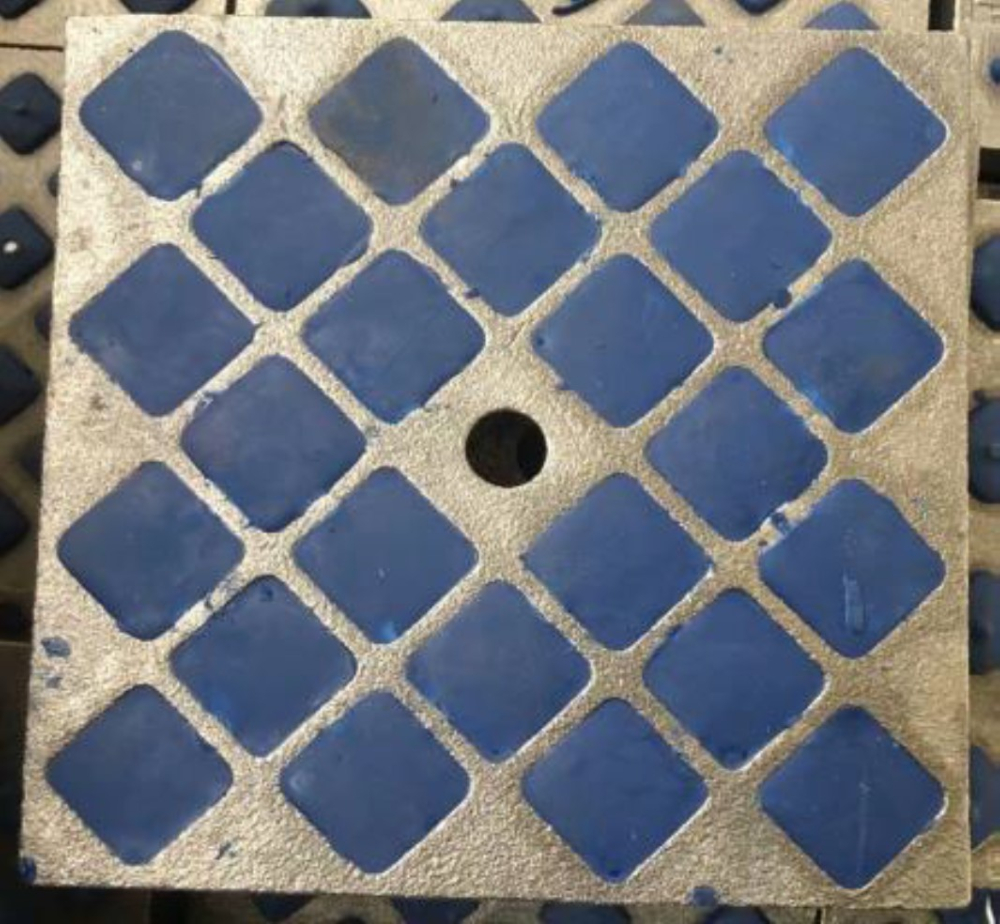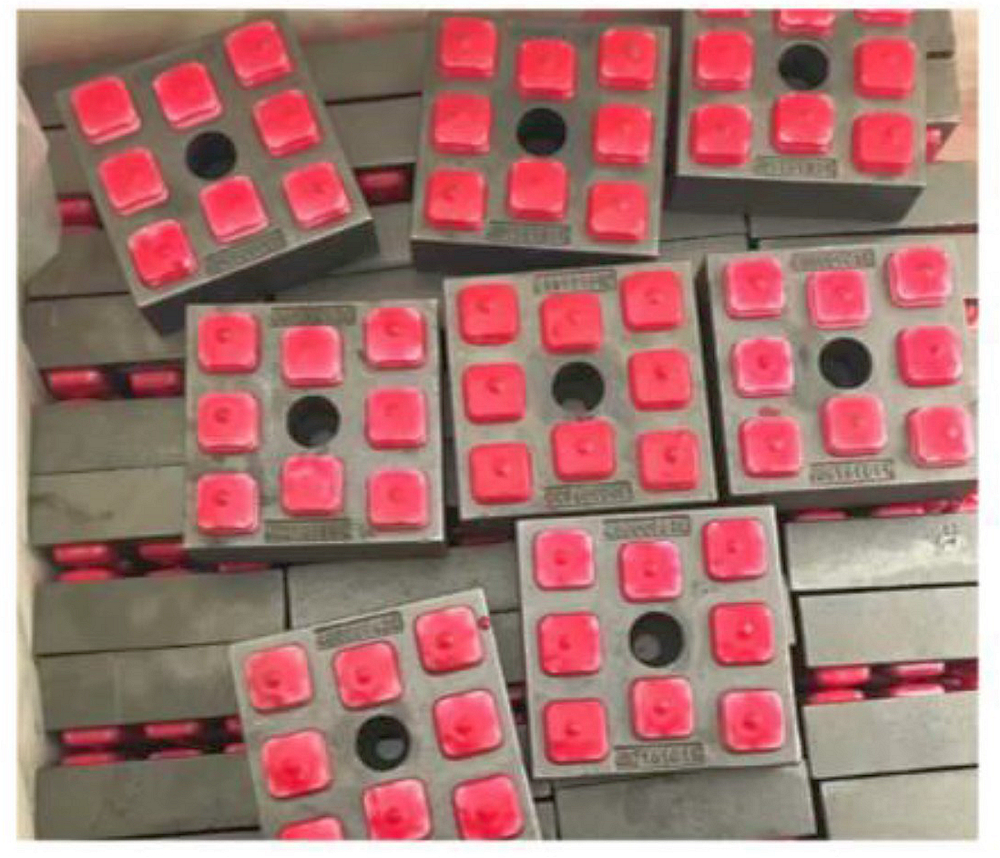Zhang Leshan pointed out that “if the additional carbon dioxide emission charges expected in the future are included, the medium and long-term fuel costs may be between 500 and 1000 US dollars per ton, which will bring greater pressure on the shipping companies and promote the shipyard. Building a more fuel efficient ship".
Improve hull line type
He said that the structural weight optimization of the ship as a comprehensive optimization method not only reduces fuel consumption, but also significantly saves steel costs and achieves other benefits. Previously, GL had helped a Chinese shipyard to optimize its structure for a series of multi-purpose vessels. Under the premise of better structural strength, each ship saved 267 tons of steel. This alone saved construction costs by about $500,000. And make the ship save a lot of fuel and increase the load when the power of the main engine is constant. If the main scale and line type of the ship are further optimized and the rudder and propeller design are improved, the fuel efficiency can be further improved.
During the voyage, the interaction between the ship's resistance, the propulsion system, and the main engine can release more fuel-saving potential than simply improving the individual system. “This aspect can use advanced CFD simulation technology to simulate the interaction between various systems of ships on a full scale, thus overcoming the errors and limitations brought by the scale effect of traditional ship model tests, and closer to shipping practice.â€
Implementing range optimization
Zhang Leshan said that in addition to optimizing construction, ship efficiency can be improved during the operational phase, mainly through various measures to improve ship operations or “voyage optimizationâ€, such as trim and ballast water optimization, and host load optimization.
In this respect, many ships at home and abroad have used ECO assistant software to help determine the best trim in the voyage of the ship, thereby improving fuel efficiency - measured by a 7,500-cargo container ship with an average annual 250-day sea flow, using ECO The fuel savings from the software can reach hundreds of thousands of dollars per year. “Even in the future, it is possible to change the speed of the ship every time you change the speed of the ship, just like changing the screw, to get the optimal fluid power.â€


High wear resistant Ceramic Liners are suitable for following applications in areas of severe impact and areas of high abrasion.
- conveyor chutes
- reflectors and impact plate
- bins, hoppers
- conveyor skirt liners
- stackers and reclaimers
We are specialized in designing and manufacturing wear resistant products, ceramic liner, rubber lining, polyurethane lining, conveyor accessories, etc. Our products are widely used in bulk material handling industries including coal mine, steel plant, power generation, cement plant, metallurgy, chemical and other fields.
- with excellent anti-abrasion and high elasticity, main to reduce pressure from outside parts.
- Plus good combination performances, wear resistance, chemical resistance,
- perfect mechanical strength and long elongations.
The Advantages of Abrasion Resistant Ceramic Liners and of Good flexibility and impact resistance & Good abrasion resistance.
Ceramic Liners are widely applied to the following applications
|
Cement Plant |
Power Plant |
Pulp & Paper |
|
1.Material Separators |
1.Chutes |
1.Deflector Plates |
|
Asphalt & Construction |
Mining |
Steel industry |
|
|
|
Ceramic Liners, Buckets, Hopper Liners, Chutes, Dragline Bucket Liner, Crusher Wall Liner
HuiFeng Wear Resistant Group , https://www.hpwearsolution.com